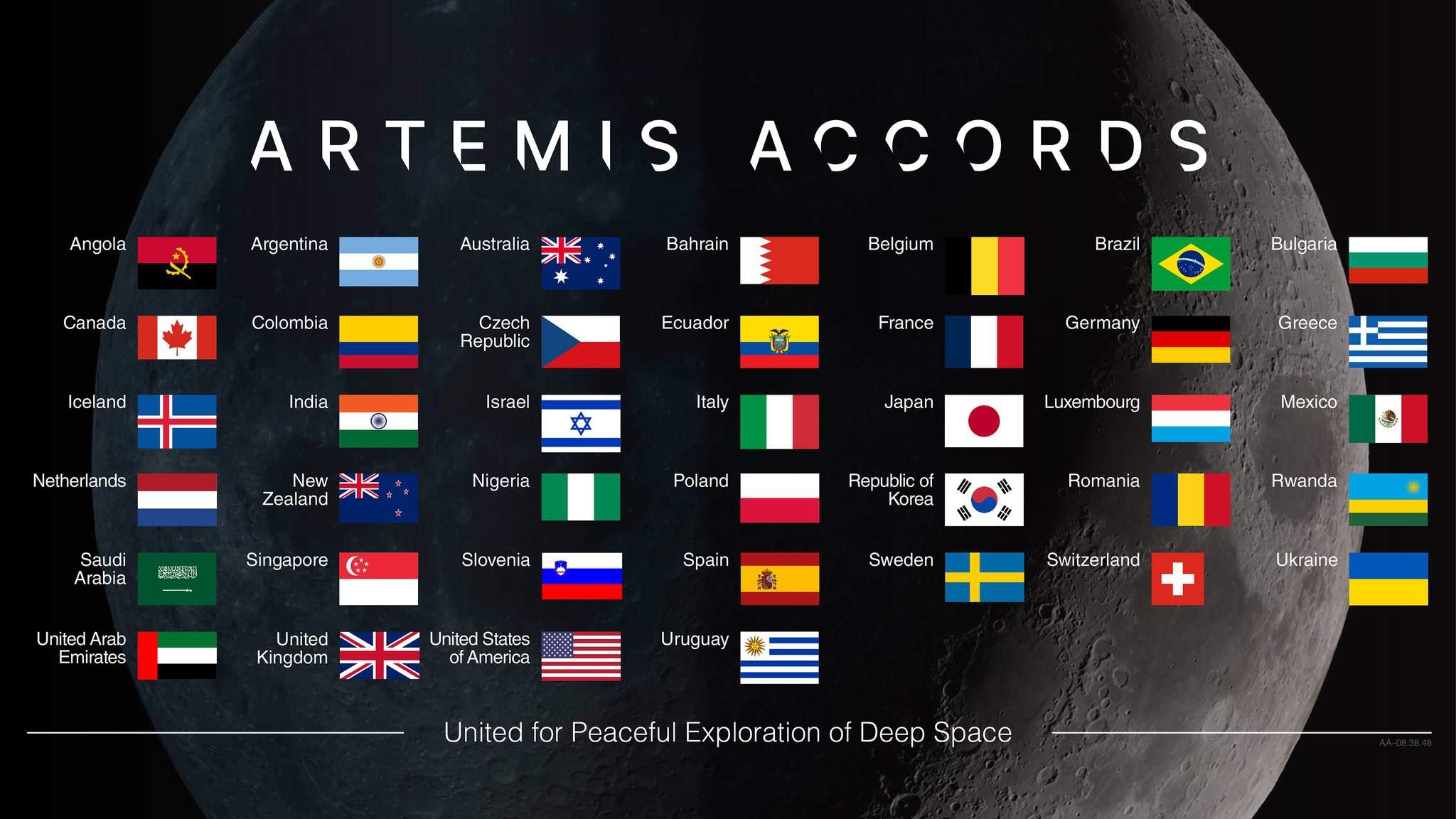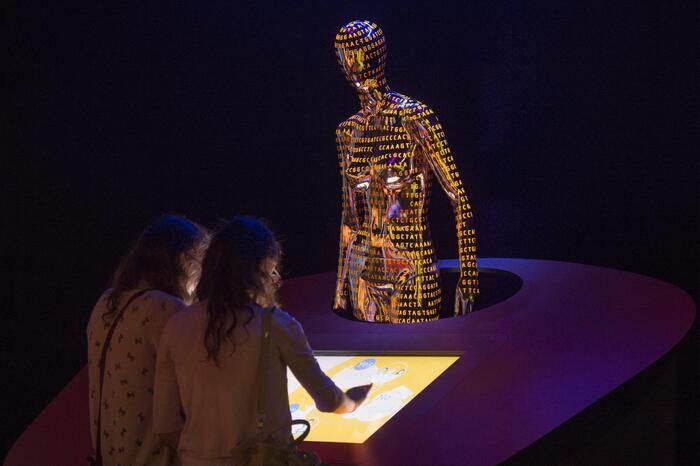It took 21 years and very advanced technologies, but finally human DNA no longer had secrets and it became easier to make progress in personalized medicine, with the diagnosis of diseases hitherto impossible to identify, in population genetics and in the possibility of DNA rewriting. The results were published in six articles in a special issue of Science, which devoted the cover to this significant achievement.
Geneticist Giuseppe Novelli, of the University of Rome Tor Vergata, notes that “it’s like having a vocabulary” of DNA. “We have competences that eventually make it possible to diagnose some rare diseases” characterized by unstable genetic sequencing. “DNA sequencing is not enough: it is necessary to know how to read it and interpret it. Otherwise, it is very difficult to diagnose diseases because of the repetitive sequencing, with interruptions that would not have been seen in the past.”
The Great Book of Life was first translated in 2001, but the computers of that time were not able to decipher all the passages and left blank spaces, which in total account for 8% of the genome. Only now these gaps have been filled and it is possible to read human DNA from start to finish without interruption, thanks to work by the international Telomere-to-Telomere (T2T) consortium. “We’re seeing previously unread chapters,” the researchers wrote. The new classes correspond to 200 million letters, which together equate to the information in the chromosome. It was like having a map of New York without Manhattan, the researchers say.
“If getting a DNA sequence is like putting a puzzle together, then the reference genome is getting the picture of the final puzzle on the box: it helps you put the pieces together,” said one of the research’s authors, a biomedical engineer. National Institute of Standards and Technology (NIST), Justin Zuk. The missing parts include sequences that repeat themselves many times, and it is now clear that the repetition of human diversity hides the secret of human diversity, notes geneticist Rachel O’Neill, of the University of Connecticut and the scientific director of the T2T project. Geneticist Francis Collins, a White House scientific advisor and former director of the National Institutes of Health (Nih), notes that highlighting this still-hidden aspect of human DNA “requires new methods of DNA sequencing and computational analysis.” And it was worth the wait, he adds, because “a surprising variety of architectural features are now emerging, with important consequences for understanding human evolution, diversity and biological function.” The new DNA book is also foolproof, considering that the researchers used a type of autocorrecter, a program called Merfin that analyzes the sequences and corrects any errors.

“Internet trailblazer. Travelaholic. Passionate social media evangelist. Tv advocate.”







More Stories
Slovenia signed the Artemis Accords
A strong geomagnetic storm was reported in Europe, as well as in Italy
The LEGO 10341 NASA Artemis Space Launch System isn't the first of its kind